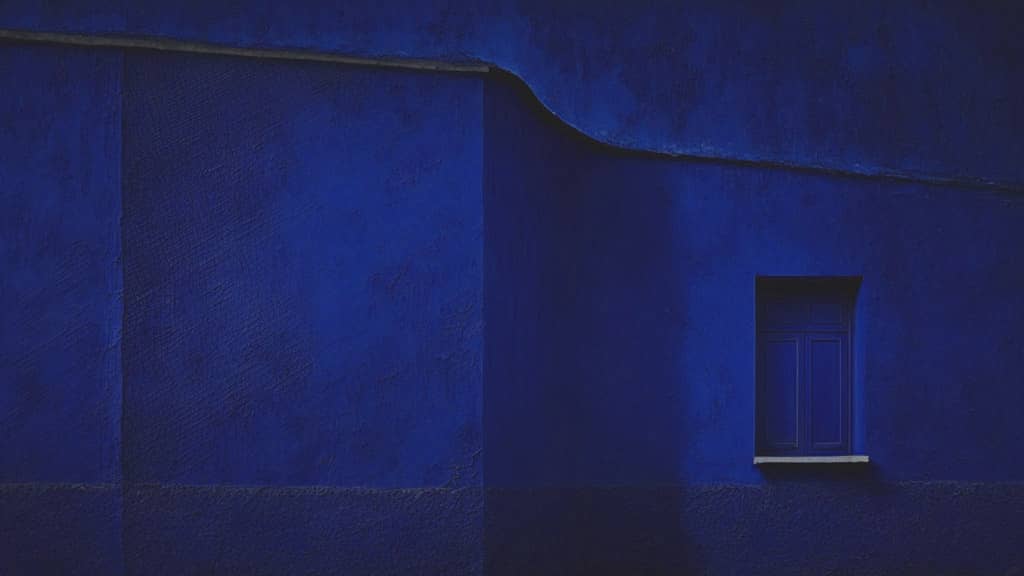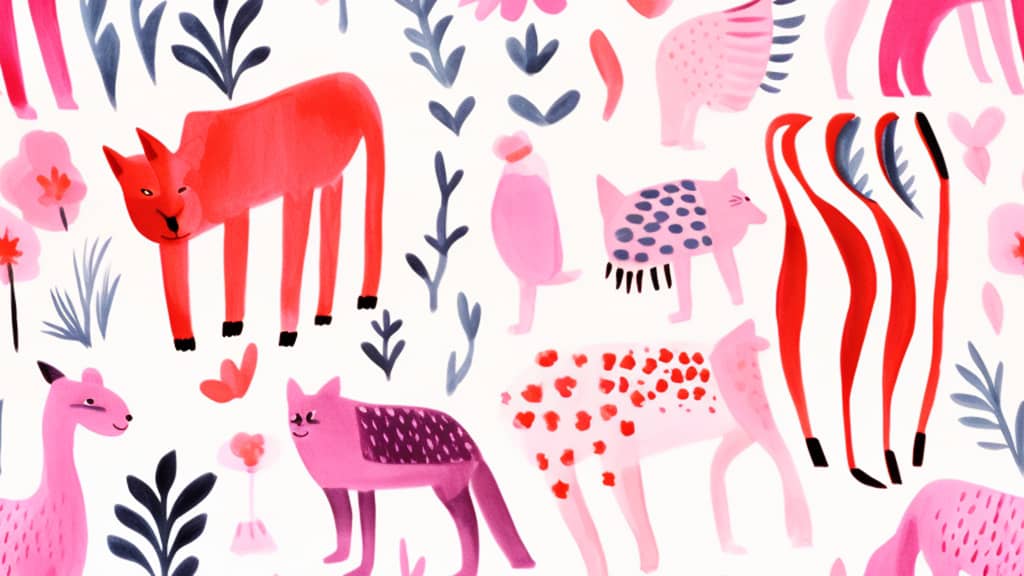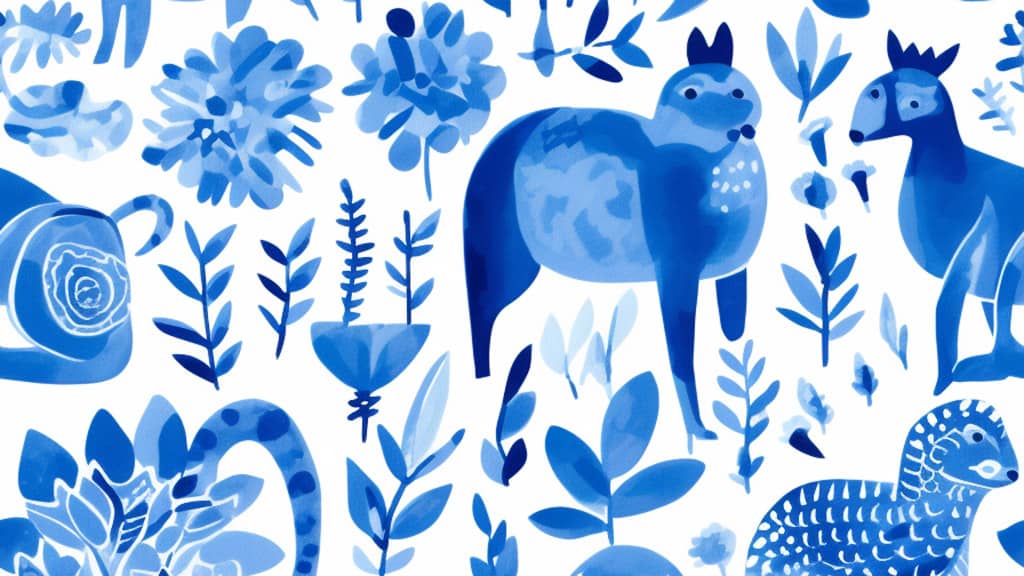Introduction
The color blue has been an integral part of human history and culture for centuries, from the deep blue of the Mediterranean to the bright blue skies above us. One of the most famous and intriguing shades of blue is Egyptian Blue, a color that has captivated people since ancient times. In this article, we will explore the history of this unique color, its cultural significance, and its various uses over the years.
A brief history of Egyptian Blue
Egyptian Blue is one of the oldest synthetic pigments known to mankind, dating back to ancient Egypt. The color was created by combining copper, sand, and limestone, which were then heated in a furnace until they reached a high temperature. The result was a vivid blue pigment that was used extensively in art, pottery, and even architecture.
Cultural significance
Egyptian Blue held great cultural significance in ancient Egypt. It was often used in funerary art and was believed to be a symbol of the heavens and the afterlife. Egyptians also used the color in their depictions of the god of the Nile, Hapi, and the goddess of fertility, Isis. Additionally, Egyptian Blue was a symbol of royalty and power, as it was often used to decorate the tombs and sarcophagi of pharaohs and other high-ranking officials.
Interesting facts
One interesting fact about Egyptian Blue is that it was often used as a substitute for the expensive and rare lapis lazuli, which was imported from Afghanistan. Additionally, the pigment was so popular that it continued to be used for centuries after the fall of ancient Egypt, with examples of its use found in Roman and Byzantine art. Even today, Egyptian Blue remains a popular color in modern art and design.
- Egyptian Blue was used not only in art and pottery but also in architecture. It was often used to decorate walls, columns, and other architectural elements in ancient Egyptian buildings.
- Egyptian Blue was used as a makeup color by ancient Egyptians, particularly as an eyeliner called kohl. The pigment was believed to have medicinal properties and was thought to protect the eyes from the sun and other harmful elements.
- The color was used as a pigment in illuminated manuscripts during the medieval period. The pigment was often mixed with other colors to create vibrant and complex hues.
- The color was rediscovered in the 19th century by European scientists who were studying ancient Egyptian art and technology. The pigment’s unique properties and rich history fascinated researchers and artists alike.
- Egyptian Blue has been used in modern technology, particularly in the field of biomedical imaging. The pigment’s fluorescent properties make it useful for visualizing biological structures and processes in living cells.
- Egyptian Blue is considered a rare and valuable pigment today due to the complexity of its production and the limited availability of the raw materials needed to create it.
- Some modern artists have recreated Egyptian Blue using traditional methods, such as firing a mixture of copper, sand, and calcium carbonate in a furnace. These artists seek to revive the ancient art and technology of creating the pigment and to pay homage to the rich cultural history of Egyptian Blue.
Overall, Egyptian Blue is a color with a rich history and a wide range of uses, from ancient art and architecture to modern technology and art. Its unique properties and cultural significance make it a fascinating and enduring color that continues to captivate people to this day.
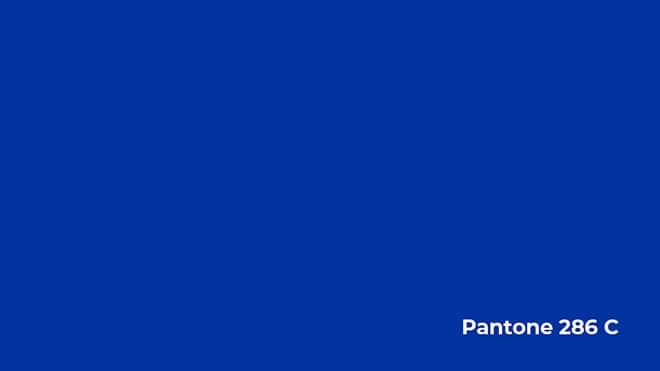
Pantone color codes
While there is no exact Pantone color code for Egyptian Blue, there are similar shades that are often used as substitutes. Pantone 286 C, for example, is a deep blue that is similar in hue to Egyptian Blue. Here are the colors that are similar to Egyptian Blue, along with their Pantone color codes.
- Pantone 286 C – This deep blue shade is similar in hue to Egyptian Blue and is a classic and popular shade for use in branding and marketing materials.
- Pantone 286 U – This shade is similar to Pantone 286 C but has a slightly lighter tone, making it a good choice for designs that require a softer touch.
- Pantone 7462 C – This shade is a deep, almost navy blue that is similar to the color of the night sky. It is a versatile color that can be used in a variety of design contexts.
- Pantone 295 C – This is a rich, deep blue that is similar in hue to Egyptian Blue. It is often used in branding and design projects that require a classic, timeless color.
- Pantone 2685 C – This is a deep blue with a slight purple undertone. It is a unique and versatile color that can be used in a variety of design contexts.
These Pantone color codes offer a range of options for designers and artists looking to incorporate deep blue hues into their work. Whether for branding, marketing, or artistic purposes, there is a shade of deep blue to suit every need.
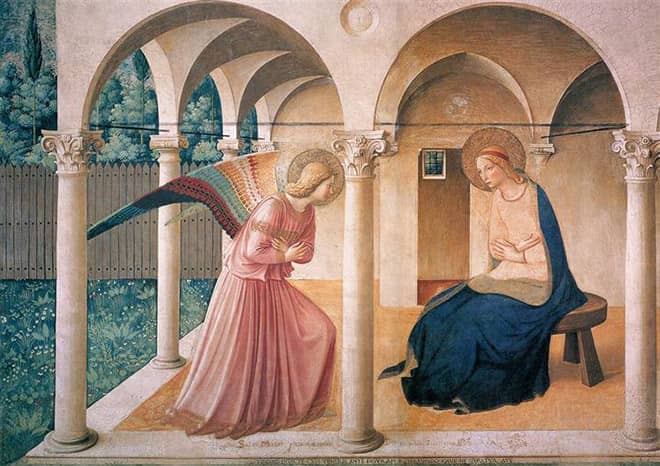
Paintings featuring Egyptian Blue
Many famous paintings throughout history have featured Egyptian Blue. One of the most well-known examples is “The Annunciation” by Fra Angelico. This painting, completed in the early 15th century, features a blue dress that is similar to Egyptian Blue. Here are a few famous paintings that prominently feature Egyptian Blue:
- “Starry Night” by Vincent van Gogh – This iconic painting, completed in 1889, features a dark blue sky with swirling stars and a bright yellow moon. The deep blue shade used in the painting is reminiscent of Egyptian Blue.
- “The Great Wave off Kanagawa” by Katsushika Hokusai – This woodblock print, completed around 1830, features a towering wave with a deep blue background. The color is achieved using a pigment known as Prussian Blue, which is similar in hue to Egyptian Blue.
- “The Persistence of Memory” by Salvador Dalí. This surrealist painting features several clocks melting on a barren landscape, set against a deep blue sky.
- “Blue Poles” by Jackson Pollock – This painting, completed in 1952, features a series of long, vertical poles in shades of deep blue, green, and black. The use of deep blue in the painting creates a sense of energy and movement.
- “The Blue Nude” by Henri Matisse – This painting, completed in 1952, features a female nude in shades of deep blue. The use of deep blue in the painting creates a sense of calm and serenity.
These paintings demonstrate the versatility and beauty of deep blue hues, which can evoke a wide range of emotions and moods depending on their use and context.
Conclusion
In conclusion, Egyptian Blue is a color that has captivated people for centuries. Its rich history, cultural significance, and unique shade make it a color that continues to be popular today. Whether it’s in ancient Egyptian art, medieval paintings, or modern design, Egyptian Blue is a color that has stood the test of time and remains a beloved shade of blue for many.
Byzantine purple: Pantone colors and paintings
Contrast color palette inspired by Rene Magritte
